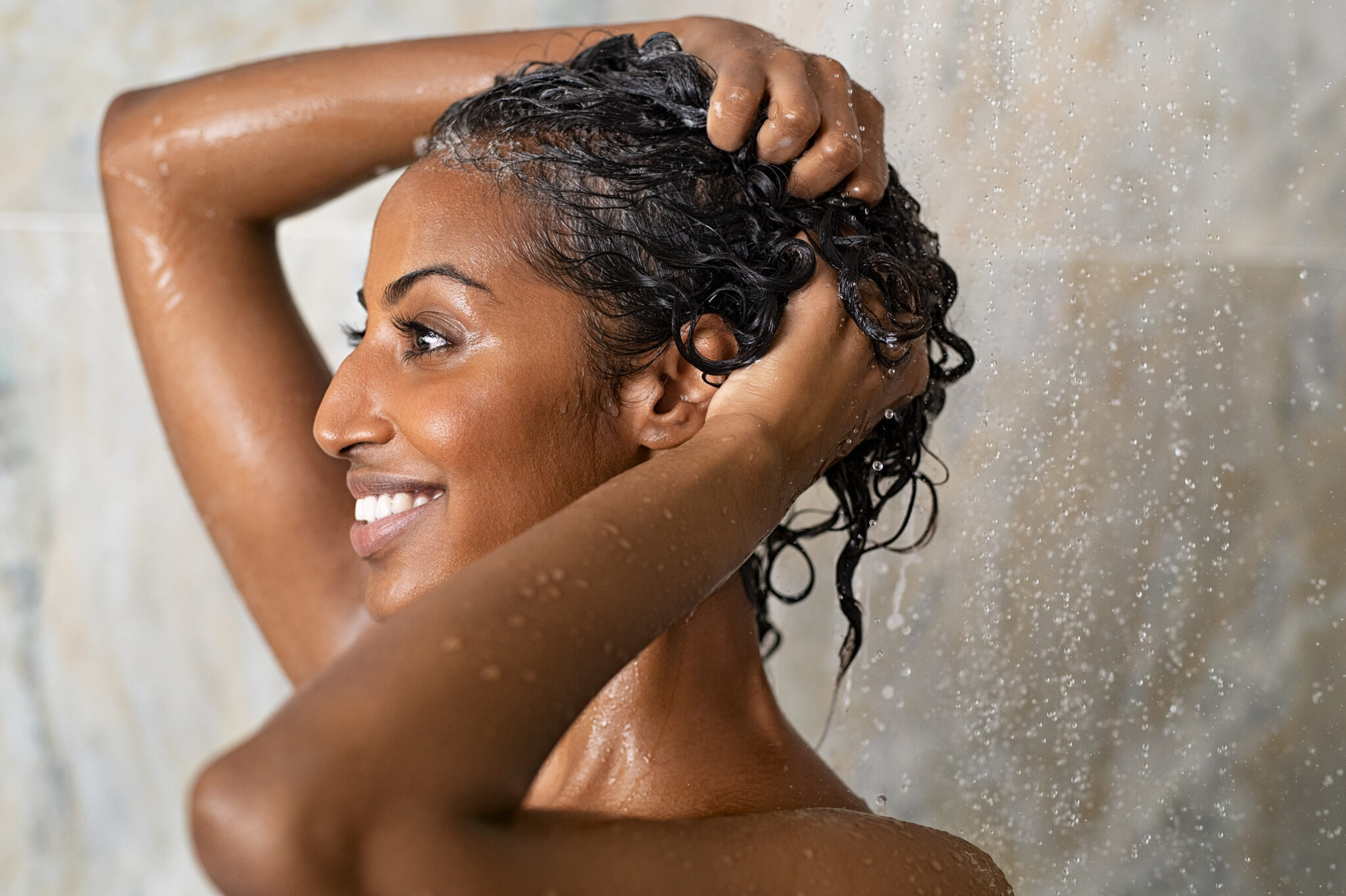
How is branded content perceived by the French population? This is the question that the very first “Inclusion & Diversity in Advertising” barometer sought to answer, which reports a gap between audience expectations and the reality of the content offered by – certain – brands, despite significant efforts that have been observed in recent years.
From the representation of women, as well as men and seniors to those of minorities, Kantar Insights and The Good Company looked at the content presented by brands in advertisements, as well as the perception of the French population on the subject, through from the first “Inclusion & Diversity” barometer* in French advertising campaigns† Despite the greater diversity enjoyed in recent years, brands – in general – still seem to fall short of audience expectations.
Almost three quarters of the French (72%) consider diversity in advertising to be an important, if not very important topic, arguing for an inclusive representation of the whole population in this type of communication. And when audiences expect greater engagement and authenticity from brands, they overwhelmingly believe — up to 78% — that they’ve multiplied their efforts in favor of inclusion in recent years.
Stereotypes that endure
Apart from the representation of minorities in advertising campaigns, certain stereotypes seem difficult to dispel. Men (47%) and women (39%) today still believe that their representation is unrealistic in brand communication. Interestingly, as the dictations imposed on women have always been pointed out, we notice that men also have great difficulty identifying themselves in the content offered. “And it is not without reason that men are still often represented in advertising by stereotypical archetypes: the muscular sportsman, the businessman or even the seducer who appeals to all women”says Emma Roberts of Kantar Insights.
An observation also of seniors who do not feel – or very little – represented in the advertisements, much less than the youngest categories in any case.
Intentions to review
It remains to be seen what motivates brands to demonstrate inclusion and diversity in advertising. And on this point, the French population is much less optimistic. More than two-thirds of respondents (69%) believe brands are playing the diversity game “out of opportunism”† “surfing the trend”Where “being politically correct”† It is not – just – a matter of casting, the French men and women also want the proposed advertisements to stick to the image, even the DNA, of the brand.
“Mores have evolved. After a first generation of activist and militant brands, there are now plenty of ways to approach inclusion and diversity in a natural way. Sometimes the less it is supported, the more successful it is. Every brand can find its voice/way. The most important thing is to stay authentic.”
Emma Roberts
Indeed, the barometer highlights an interesting point: the brands that have been involved in the subject for a long time always seem to have the approval of the public. When asked which brands have contributed most to inclusion and diversity, respondents spontaneously answer Benetton and Dove, two brands that have been involved in the issue for years, even decades.
* This first ‘Inclusion and Diversity in Advertising’ barometer was conducted among 1,000 people from February 9 to February 14, 2022.
(ETX Daily Up)